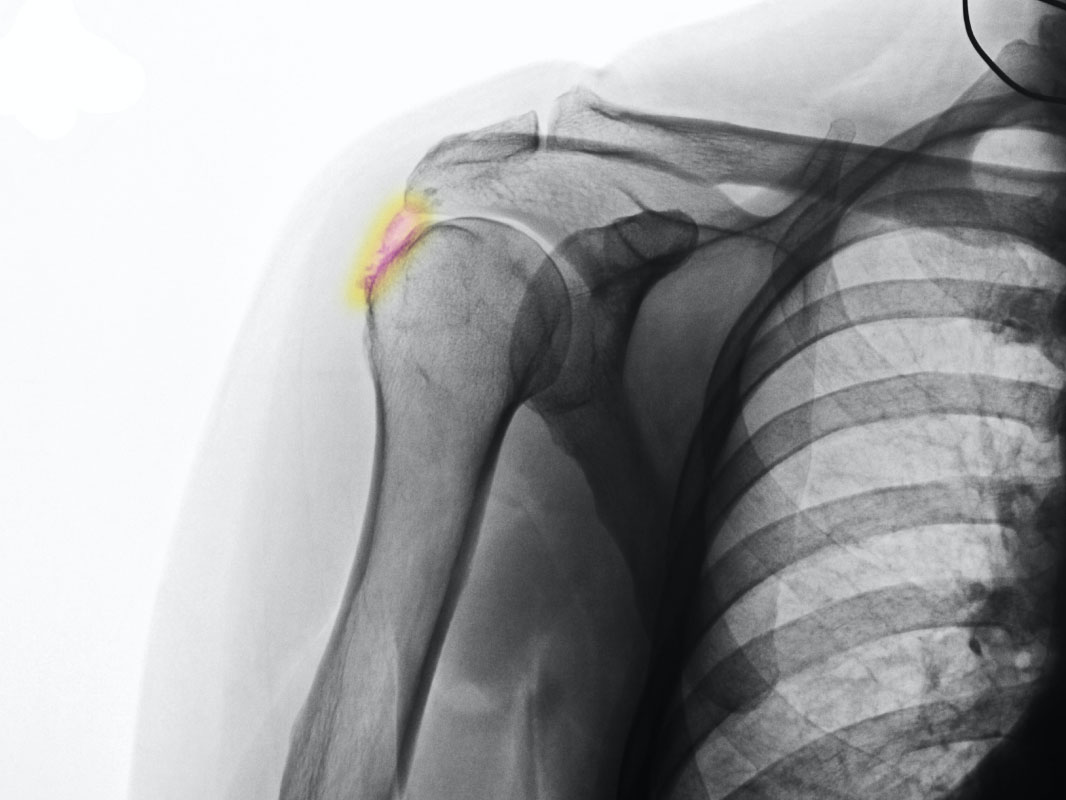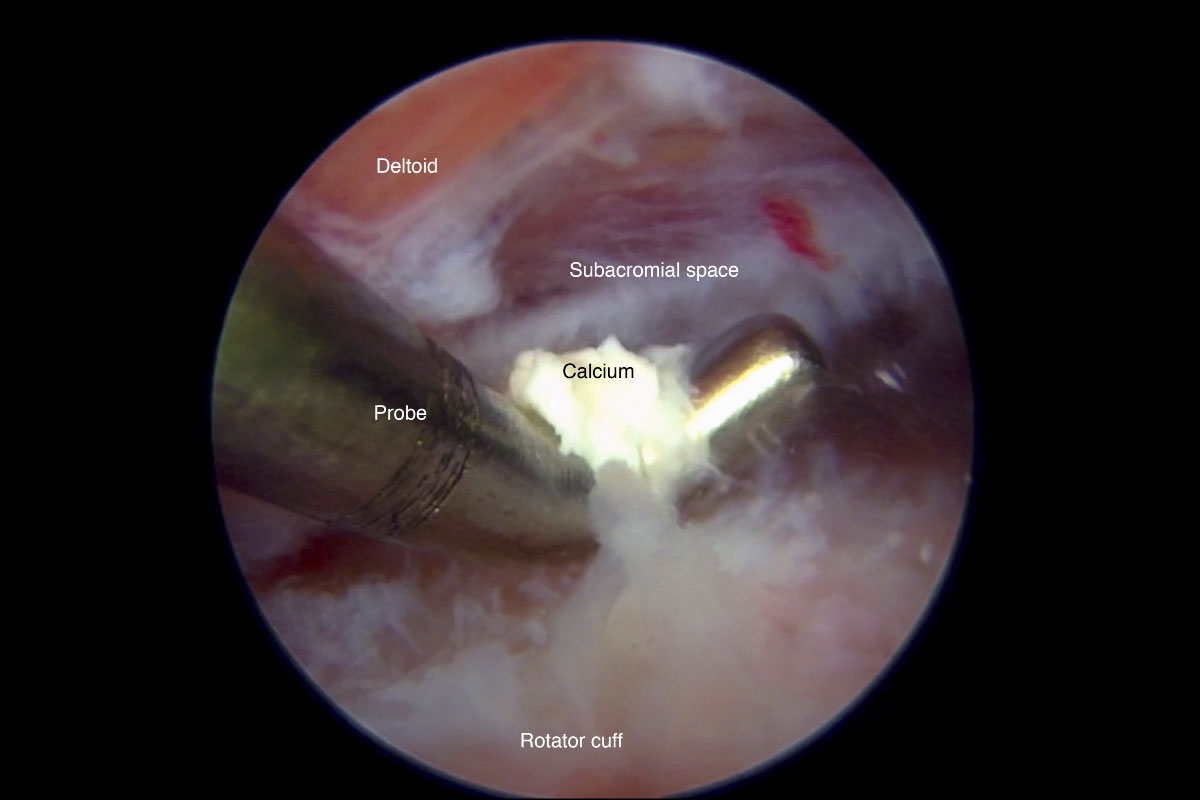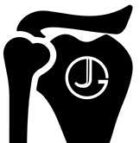What is calcific tendonitis?
This is a condition where calcium is deposited within the tendons (tendons attach muscles to bone) of the rotator cuff. The rotator cuff is the group of 4 muscles that hold the arm bone (the humerus) onto the shoulder blade (the scapula).
Calcium usually forms in the tendon at the top, the supraspinatus, and it is thought that this is an abnormal healing response where the tendon begins laying down calcium rather than new tendon tissue.
The initial phase of laying down the calcium isn’t painful and it is usually only painful once your body begins to try and remove and absorb the calcium.

Calcific tendonitis can be excruciatingly painful. Initially there may be no pain or your shoulder may only have mild pain and discomfort as you try and move it. As the condition progresses, and when your body tries to absorb the calcium the pain can become severe. It can be difficult to sleep and even simple movements such as trying to put on clothes or lift your arm can be extremely painful.
Below is an xray of a shoulder showing abnormal painful calcific tendonitis in red

The condition has been well researched but we still don’t know the exact cause of calcific tendonitis. It is thought that a muscle imbalance in the shoulder or overuse causes the tendon to become injured and damage. The healing response then becomes abnormal and instead of creating new tendon cells the tendon starts to put down calcium instead. Almost like it is trying to turn itself into bone to protect it from damage.
In mild cases anti-inflammatory medications can help. Physiotherapy and chiropractic or osteopathic input is essential as well. This is to ensure that the muscles of the shoulder are all working in synchrony so that the rotator cuff tendons aren’t being overloaded. This will allow any injured tendons to heal correctly.
If this doesn’t work a steroid injection can help reduce the pain and swelling. Often this will be done by a radiologist and at the same time they can perform a procedure called “barbotage”. This is where, under ultrasound guidance, the radiologist can put some local anaesthetic into the shoulder and use a fine needle to breakdown and remove the calcium from the tendon. This procedure has an 80% success rate and has very few risks.
If barbotage is not successful and your symptoms persist the next stage is to consider an operation. This will be done with keyhole surgery and the calcium will be located and removed. This is a day case procedure and if the remaining tendon is healthy and intact you will be able to move your arm freely after the operation and should aim to return to use you shoulder normally within 4-6 weeks.
Keyhole surgery picture of calcium being removed from a rotator cuff tendon

Sometimes if the calcium is very large, when it is removed there is a hole in the tendon. This will need to be repaired and if that is necessary the recovery will be much slower. It will take 3 months for the tendon to heal onto the bone and it can be several more months before you regain full strength in your shoulder.
Full information on rotator cuff repair can be found here
